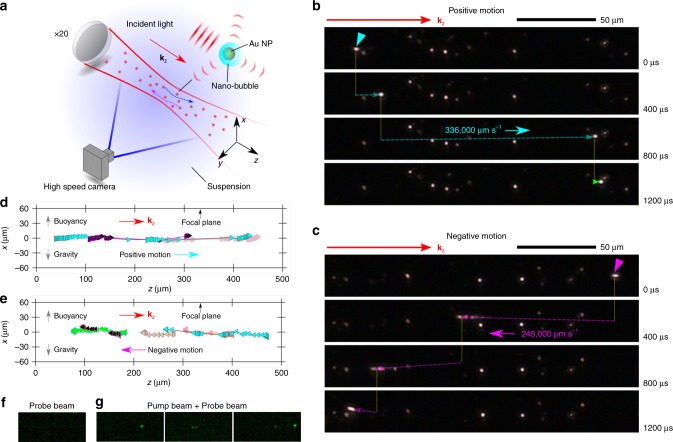Fig. 1. Observation of extremely fast ballistic movements of Au NPs.
a Schematic of the experimental system to monitor the dynamics of Au NPs dispersed in water. The red solid lines after the 20× lens indicate the Gaussian beam envelope. Au NPs scatter the incident light (red dots), which is captured by a high-speed camera with the field of view depicted by the blue solid lines. The blue and magenta arrows depict the Au NPs moving in the +z and −z directions, respectively referred to as the “positive motion” and the “negative motion”. b, c Dark-field optical images (scale bars –50 μm) of ultra-fast ballistic Au NPs with b the positive motion and c the negative motion. The cyan triangle in b and the magenta triangle in c indicate the positions of the selected Au NPs at t = 0. The cyan dotted line in b and the magenta dotted line in c are guide for the eye. The power of the laser is 690 mW, corresponding to 12 mW μm−2 at the focal plane. d, e Representative d positive and e negative motion trajectories of the ballistic Au NPs projected onto the x − z plane. Each color corresponds to a ballistic Au NPs. The time interval between two adjacent symbols is 400 μs. The black arrows at the top of the figures indicate the focal plane location. In a–d, kz is the wavevector of the incident laser light. f, g Images from the pump-probe optical scattering imaging experiment for f without pump beam and g with pump beam. Each green spot corresponds to the diffraction-limited scattered probe light from the Au NPs with nanobubbles.

